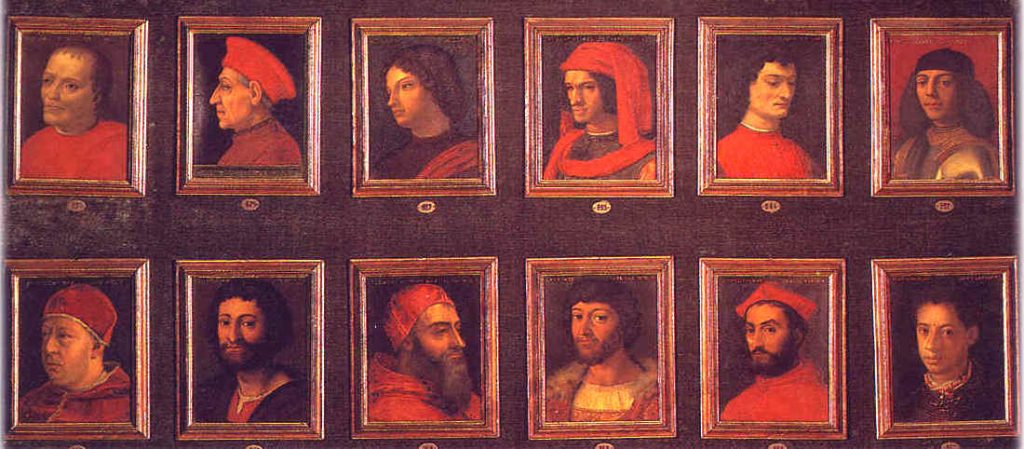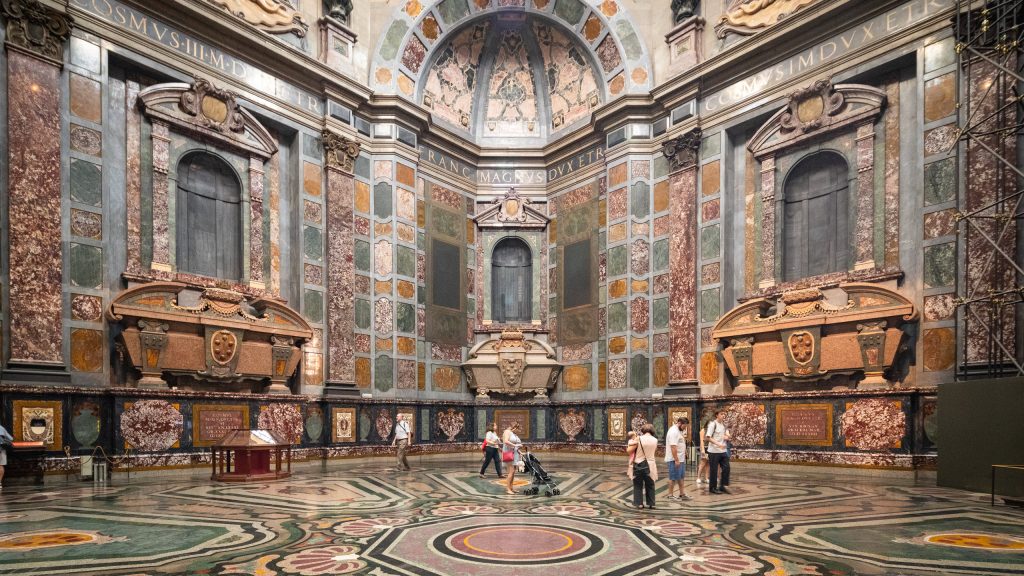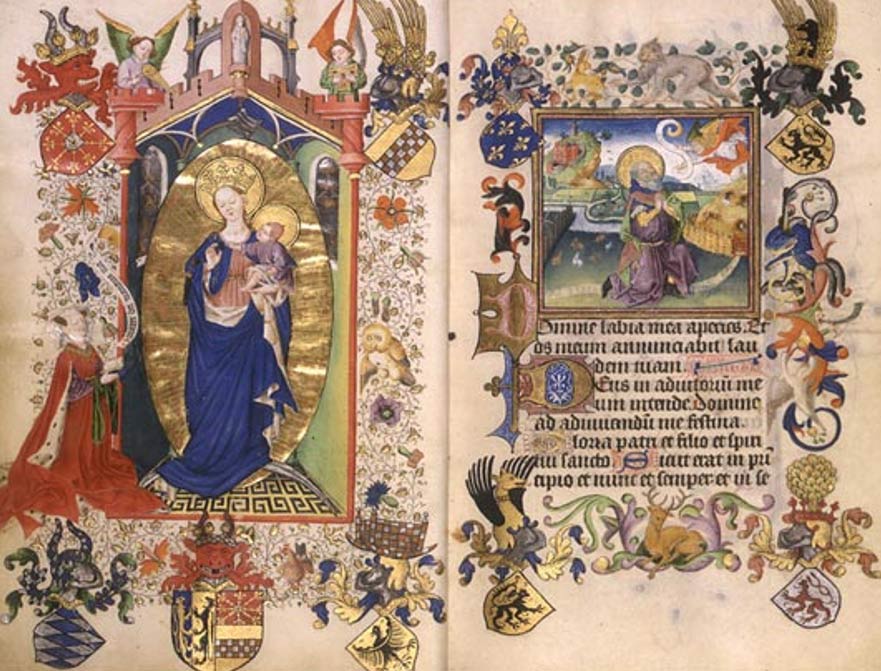Art is not only for the rich
The Italian Renaissance would never be born without the money from the wealthy family from the first half of the 15th century. Florence, the city where all famous artists and architects had gathered such as Leonardo Da Vinci, Brunelleschi, Sandro Botticelli, Michelangelo Buonarroti, and many others. There was a powerful family that had brought all of them together: it was the Medici Family, especially Lorenzo De Medici, the catalyst for an enormous amount of art commissions.

How did the Medici contribute to the design world?
In terms of design, funding money for extraordinary architectures and sculptures might be their biggest accomplishment/contribution. For example, the Uffizi Gallery, the Boboli Gardens, the Belvedere, the Medici Chapel, and the Palazzo Medici are some of the notable architectural commissions by the Medici. Hence, this foundation of Renaissance art had become an inspiration for many other artists in every kind to thrive and to create more art in many different ways.
As art thrives, so does the church and the need to believe in something larger than ourselves. The purpose of art in the 15th century was very different from today; art was seen as a way to communicate with the mass population in which most of them were illiterate. Human tends to seek for the help of the above for strength as we face the pain of this world, and God was the only one who could give them that kind of belief. The increase of the need to understand God had contributed to the creation of books and typography, which later became the foundation for communication design.


Cappella dei Principi, Medici Chapels, Florence Florence

Art was just art, or it was power?
This has been an on-going topic for various art critics because it is indeed easy to think that the church and the wealthy family were working together to use art as a tool to get money from people. Most of the large projects often got paid by the taxes of the people throughout Europe. Michelangelo’s ceiling for the Sistine Chapel was a major example of those payments. However, it is also hard to not believe that art was not power since almost everybody was happy with the masterpieces.
Art could be seen as power to the wealthy people, but to the working class, art is how they could communicate with god. If that believes helped them got through the day, then art might as well be seen as just art because it gave humanity a purpose to live.

Sources:
- https://www.artsy.net/article/artsy-editorial-italian-renaissance-wealthy-patrons-art-power
- https://courses.lumenlearning.com/suny-hccc-worldhistory/chapter/art-and-patronage/
- http://www.themedicifamily.com/Cosimo-I-de-Medici.html
- https://www.ancient-origins.net/artifacts-ancient-writings/beautiful-decorative-and-sometimes-crude-illuminated-manuscripts-020670
- https://www.italymagazine.com/point-of-interest/uffizi-gallery
- https://www.thoughtco.com/the-sistine-chapel-ceiling-by-michelangelo-183004
- http://www.florencemuseumguide.com/medici-chapels/
